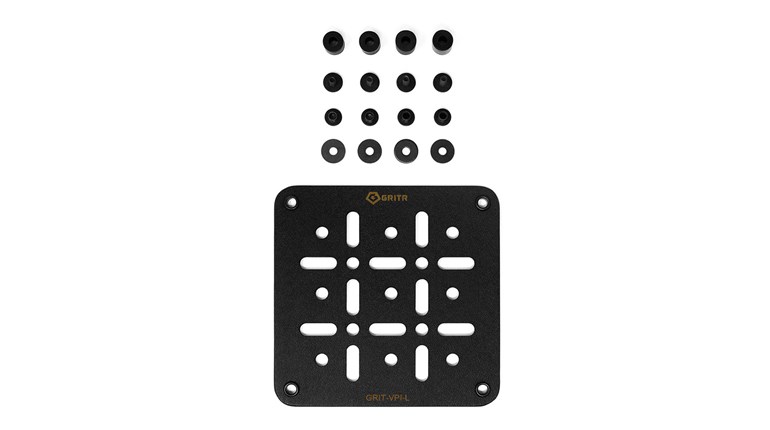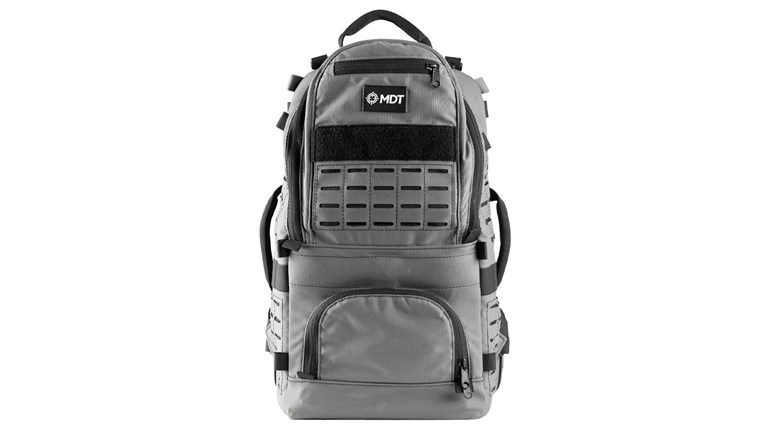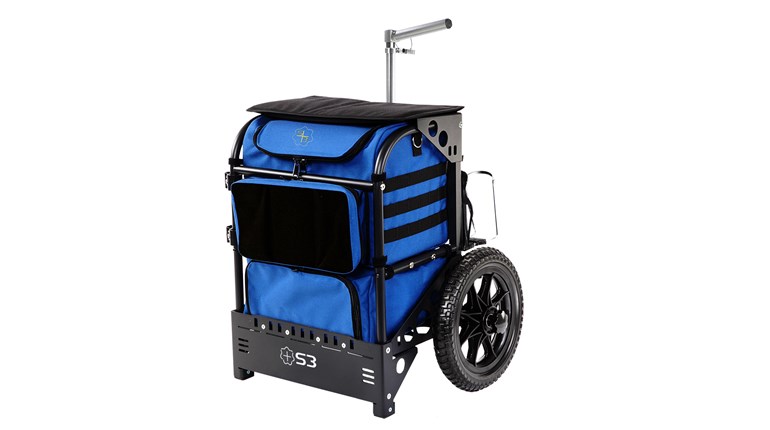
The author’s usual EDC essentials (left to right) SOFFT-W Tourniquet on a Phlster Flatpack, Sabre 3-in-1 pepper/cs spray, ballpoint pen, Spyderco Lil’ Lionspy framelock knife, Streamlight 1L-1AA flashlight, and Victorinox Executive pocket knife. Not shown: Keys, cell phone, and bank/license cards.
The existence of “everyday carry” isn’t a new one. The concept has been around for ages and probably goes back to a point in time when the primitive caveman carried his club into the field. More recently, people started referring to carried items as everyday carry, or EDC for short. If you look at Instagram, you see pictures of all manner of objects people cart around with them daily. With that in mind, a practical look at people’s EDC selections, excluding any concealed-carry handguns and related items, is in order.
Some of my earliest memories of my father involve him retrieving some manner of tool from his pocket to fix something around the house. My father has spent most of his life working in some sort of mechanically related field. In my youth, it was as a maintenance manager of a home-building company. Later, and to this day, it has been as fabrication specialist in research and development for a large vehicle-manufacturing company. Throughout this time, his EDC kit, as we now call it, has changed somewhat.

In my childhood, his pockets were pretty much filled to the top. In them, he carried a cut-down 8-inch crescent wrench, 5-inch Diamond slip-joint pliers, a small, interchangeable-tip screwdriver, a coin purse with extra driver bits, a Boker slip-joint, two-blade pocket knife, and a 12-foot tape measure. One interesting thing about all of these items is that they were all made in the U.S.A. Not an easy accomplishment now. In addition, he still found a place to carry his wallet and keys. More recently, he replaced the wrench and pliers with 4-inch vise grips with integrated wire cutters and swapped the screwdriver to a Wiha that uses interchangeable bits. He also went to inexpensive import knives that he doesn’t miss much when they get lost.
What does my software engineer friend Mirko carry? The list was longer than I expected. It read something like: RFID-shielded wallet; iPhone; black ballpoint pen; Sharpie (fat and chisel tip); chapstick; Elzetta Alpha 1-cell flashlight; Victorinox Super Tinker Swiss Army Knife; Kershaw CQC-4 lock blade knife; Zippo lighter; small first-aid kit containing a tourniquet, QuikClot, one pair nitrile gloves, 3 feet of medical tape, small and large adhesive bandages (three of each) and two 3 inch x 3 inch gauze pads; car keys and watch.
Next, I asked John Johnston at Citizens Defense Research/Ballistic Radio. John answered simply: pepper spray, handheld light, fixed blade knife, folding knife and a tourniquet. He didn’t mention any brands or models specifically, so I left it at that.
In my own case, I carry whatever cards I need, keys, phone, Spyderco Lil’ LionSpy, Streamlight 1L-1AA, tourniquet on a Phlster Flat Pack, Sabre 3-in-1 pepper/CS spray, a ball point pen, ExoTac nanoStriker XL, and a Victorinox Executive pocket knife.

All the people I mentioned have opted for the items they thought best fit their uses and lifestyle. A couple of us are shooters and a couple of us are not. Three of us carry lights. All of us carry at least one knife. Three of us carry some medical items. My father's EDC is not geared toward self defense but instead dealing with mechanical problems from machinery and vehicles. Not all of us are self-defense oriented, and that’s OK.
I find a flashlight to be the single most useful thing I carry. I once got caught in a power outage in a warehouse basement. It was very dark, to say the least. On another occasion, I was leaving a grocery store late at night and had an unarmed individual try to force his way into my truck. Using my (now old-school) SureFire 6P to blind him long enough to pull his hands off my door worked quite well. I was able to quickly close and lock my door. With that in mind, a flashlight is pretty much always in my pocket.
Carrying a knife or multiple knives may not be possible for people who work in environments that don’t permit them. State and local laws can also dictate what kind of knives, if any, are legal for personal carry. That said, they tend to be very useful. I regularly use mine for opening packages and even pruning wayward blackberry vines.
Pepper spray is a commonality among two of us. It provides a less-lethal option, as many self-defense situations don’t warrant lethal force. It can also be helpful in dealing with dogs.
Tools are another thing that can be helpful as well. Sometimes, having pliers and/or wrenches handy can make for a quick repair of a vehicle. Loose battery terminals come to mind. Many of us have found ourselves rescuing stranded family members before, and having tools handy can avoid an embarrassing phone call.
Medical items have been gaining widespread support in the civilian world. U.S. war efforts have led to a change in thinking on the use of tourniquets for treating trauma. Due to this change in mindset, we are seeing law-enforcement agencies issuing tourniquets to their officers. Additionally, civilians are starting to carry them. Those that advocate for tourniquets frequently also recommend some form of clotting agent. That said, sometimes a small bandage and some kind of antibacterial ointment are enough. At this point, I also would recommend people have first-aid and CPR training, as it doesn’t do a lot of good to have these items if you don’t have the know-how to employ them.
There are a host of products and materials out there to incorporate into any EDC kit. If you’re an electronics-oriented person, a thumb drive is more useful to you than a wrench. We don’t all live the same lives, and we all have different needs. The best part is that if you are a concealed carrier, you just need to add your choice in concealed carry equipment and you’re good to go. To build your ideal EDC essentials kit, assess your day-to-day needs and capabilities and select your items accordingly.




































